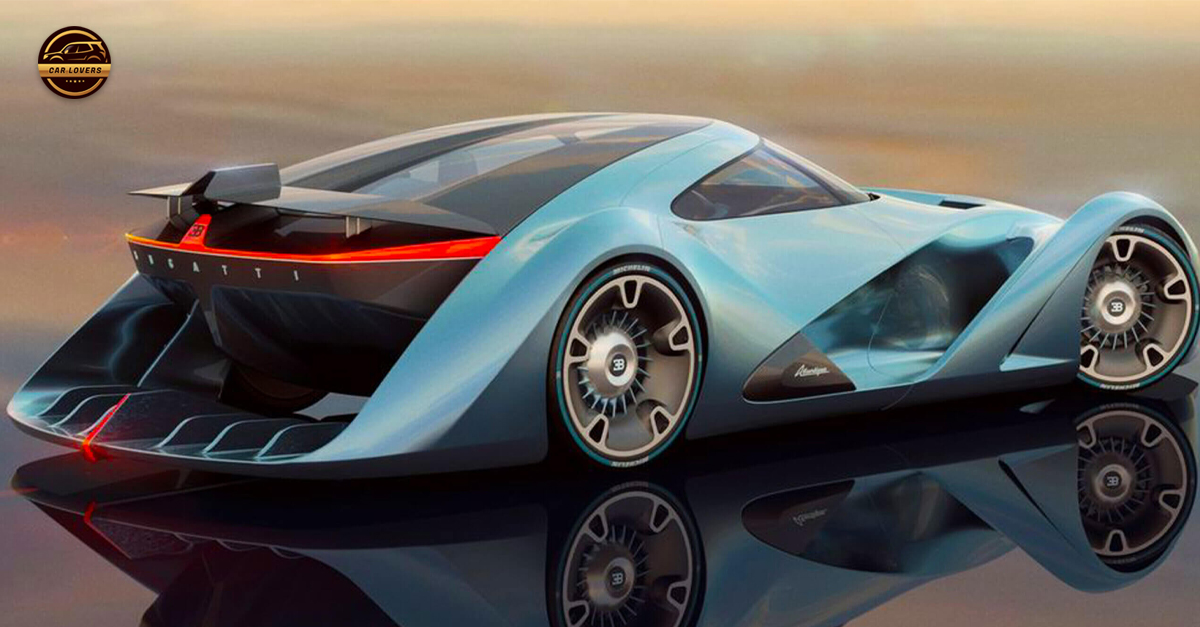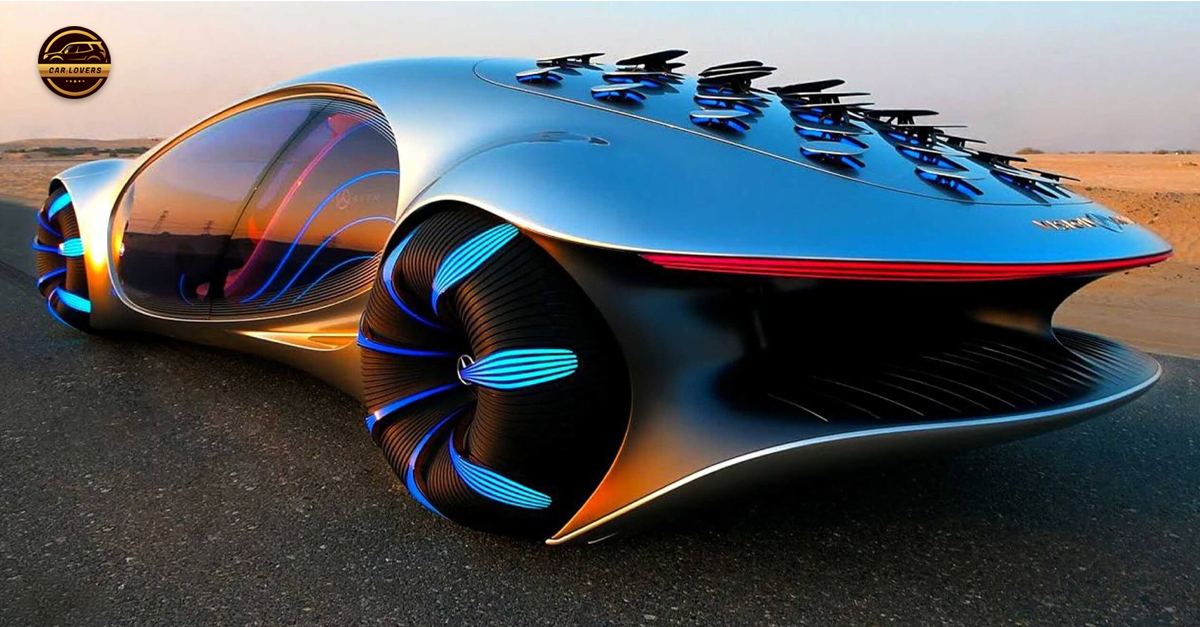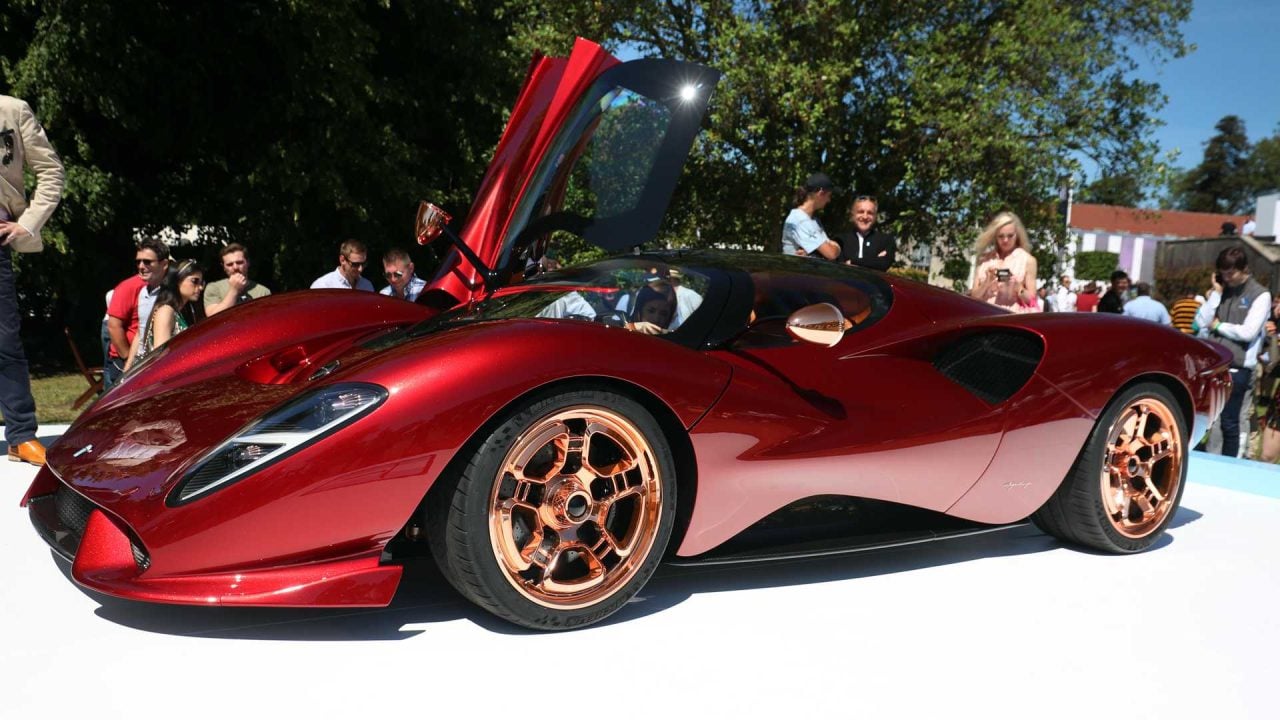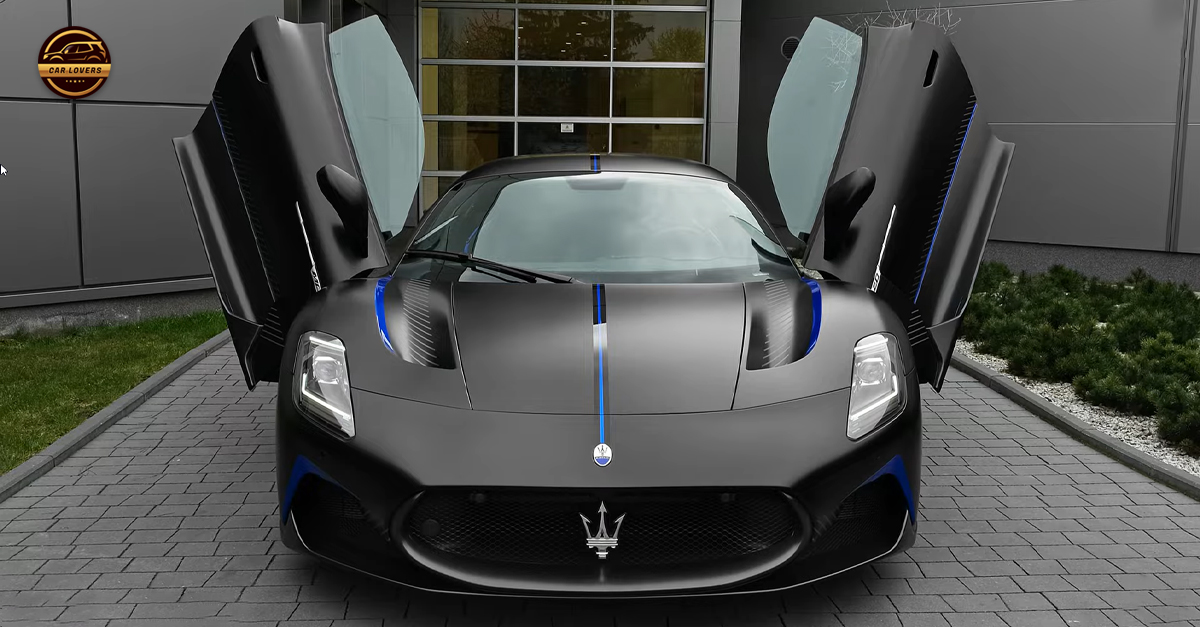The Nissan Hyper Force Concept has been unveiled at the Japan Mobility Show.
Nissan has unveiled the Hyper Force concept, the final car in the Hyper lineup and certainly the most exciting, as it potentially previews the next-gen Nissan GT-R. Although not explicitly marketed as such, the pixel-blurred logo on its nose is clearly meant to resemble the official GT-R logo.

Powering this futuristic concept is an all-electric drivetrain that develops an astonishing 1,341 horsepower. That should make for rather urgent progress, with Nissan noting the Hyper Force is capable of “precise and rapid acceleration.” The company’s sophisticated e-4ORCE all-wheel-drive system channels power to all four corners for maximum grip.
EVs are known for excessive weight, but Nissan has tried its best to shave pounds off the Hyper Force. The body, for example, has been constructed out of high-strength (and lightweight) carbon fiber. Solid-state battery technology has been packaged here for the best possible weight distribution.

Nissan says the sporting concept delivers superb handling capabilities on the track and road. Couple that with the extreme styling, and it’s clear that the Hyper Force serves as a glimpse into the future of the Nissan GT-R.

The electric supercar’s exterior is dramatic, melding futuristic design with classic Nissan sports car traits. With a ground-hugging stance, the Hyper Force looks ready to pounce at a moment’s notice. There’s something retro about the angular design, contributing to the impressive aerodynamic performance that was worked on in conjunction with the Nismo racing team.

There’s a dual-level diffuser at the rear, which controls airflow. Up front, a structure beneath the hood serves a dual purpose, channeling air to the desired area while cooling the necessary components.

Nissan hasn’t stopped there. The front canards, rear wing, and front fender flip have active aero capabilities.

The automaker has also created a plasma actuator that “suppresses air detachment to maximize grip and minimize inner-wheel life during cornering.” The wheels have been designed to cool the brakes and cut through the air as cleanly as possible. They’re finished in forged carbon fiber, which can also be found on the bumpers, rear wing, and diffuser.

Enter the cabin through the striking scissor doors, and you’re greeted by a fascia that looks lifted out of a video game. That’s no surprise, as Nissan says the Hyper Force was designed for racing enthusiasts and gamers who want an environmentally responsible performance car.

The display and instrument panel graphics were designed in collaboration with Polyphony Digital, the team behind the Gran Turismo racing simulation. The interior adapts to the chosen theme, of which there are two: “R” (racing) and “GT” (grand touring).





